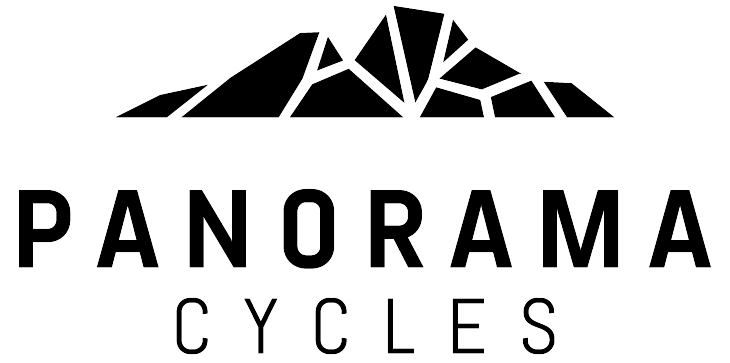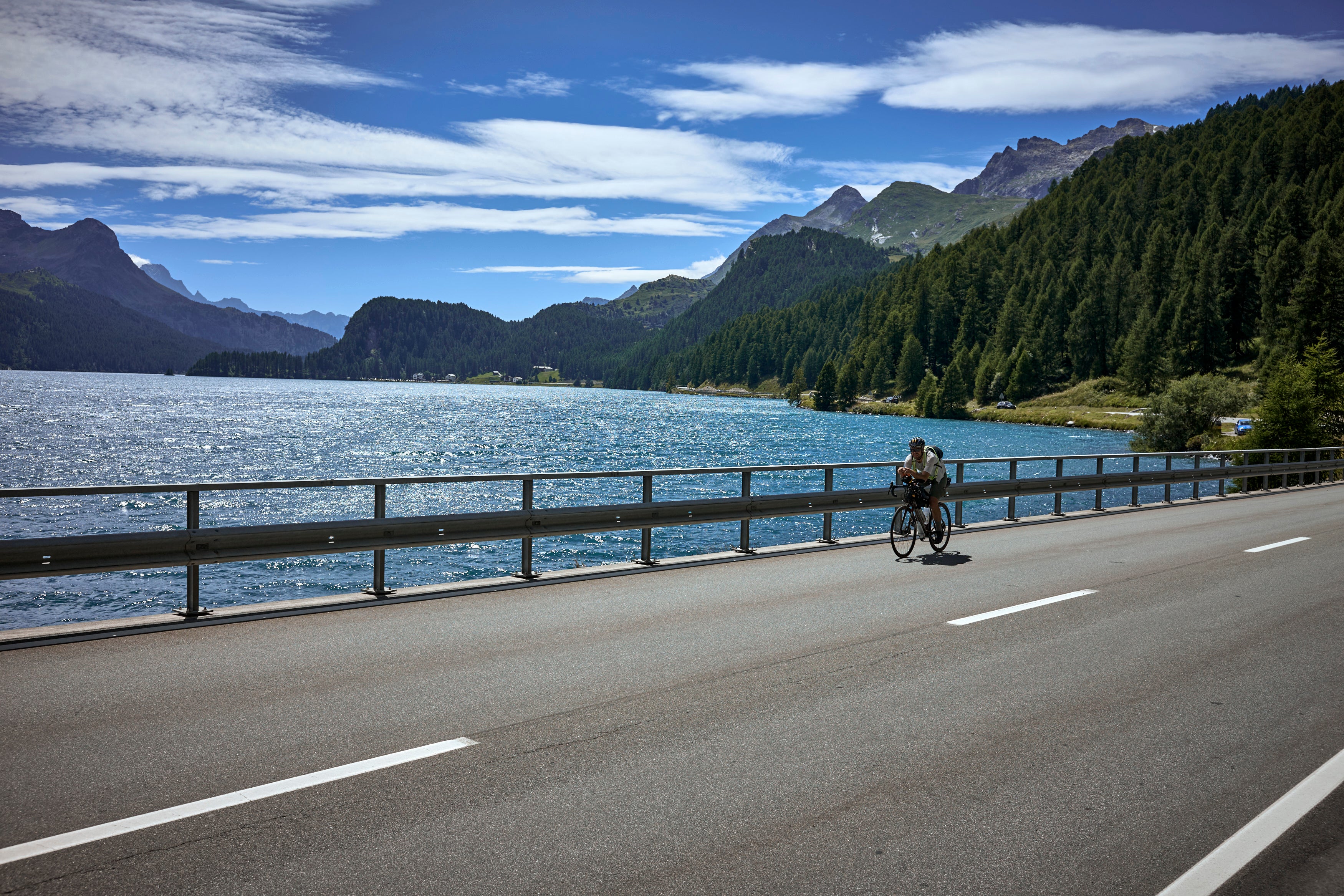
TCR 2023 - Race Report
Our ambassador Vincent Nadon completed the Transcontinental Race in 2023 using the Katahdin. He shares his thoughts on this legendary race and how the Katahdin handled it!
Q - Even if it is already very well-known, could you give us some context and explain what the Transcontinental Race is for people who are not familiar with the world of ultra-distance?
Vincent: The Transcontinental Race is a self-supported (no private support) bicycle adventure race across Europe. You need to complete a route that you plan yourself, passing through checkpoints and mandatory parcours to reach the finish line in less than 15 days.
Q - That's quite a challenge! What attracts you to this type of event / What made you want to get into it?
Vincent: I wanted to step out of my comfort zone, out of what I know, out of my routines, into an adventure! I wanted to see where I stood internationally. Plus, the Transcontinental Race is a dream I've had since I first started riding a road bike in Belgium. Crossing through some of the most beautiful landscapes in Europe by bike, and why not in race format! I thought, I'm still young, I don't have too many responsibilities since I don't have children at the moment, maybe it's time to face what scares me, but also excites me.
Q - Being able to cross a continent by bike doesn't happen overnight. Can you tell us about your cycling journey and what led you to become an endurance athlete?
Vincent: Since I bought my first real road bike in Belgium (when I lived there for 2 years), I've always wanted to discover new landscapes. This led me to plan routes to explore cities in Belgium or the Netherlands that were within my reach. Gradually, I built up my endurance to complete my first long-distance ride, which was the Tour of Flanders for amateur cyclists. During this ride, I cried tears of joy for completing this difficult challenge, which marked a turning point in my health (after being diagnosed with Crohn's disease a few months prior). I was proud of pushing my limits, despite the chronic illness I didn't want to be defined or handicapped by.
After that ride, I told myself that when I returned to Canada, I had to cross my country while I still had my health!


Q - What did you choose in terms of equipment?
Vincent: Big question. There are many elements. I can give you my guidelines: durability, comfort, and versatility.
For sleeping, for example, I opted for a lightweight and compact down jacket to replace a sleeping bag, reducing both weight and volume. The jacket could also be used for really cold days on the bike.
The Katahdin from Panorama Cycles was honestly a very good bike for the TCR. Even with the luggage on the bike for crossing Europe, its handling on descents was really top-notch! Although I did most of the race on 32mm road tires, the Katahdin also allowed me to use gravel tires for the rougher sections. I was also able to use a double chainring and a large cassette (11-42T) to have a wide range of gears for climbing while still having the right gearing for long flat sections (I should mention that the flat sections weren't that long in this edition of the TCR 😅). Clip-on aero bars are, of course, a must to have more position options and maintain comfort over long distances, in addition to being more aerodynamic and thus gaining a bit of speed and/or saving more energy depending on how you see the situation 😉
For luggage, I fully trusted Apidura with their Expedition and Race series. 14L + 2L + 4L
Q - You suffer from Crohn's disease. How does this impact your training and racing, as I imagine it's not always easy to find suitable food supplies for your situation?
Vincent: I had a relatively low iron level, which is a symptom that can occur with Crohn's. A low iron level can lead to more fatigue with effort and can become dangerous (anemia). To maintain a good level of health with training, I asked my gastroenterologist if I should take an iron supplement, so he prescribed Feramax.
Otherwise, I had no problems with nutrition. I always found food that was easy to digest during the journey. Sometimes there wasn't much variety or good taste, but otherwise, it went well. The most difficult part was finding electrolytes once I reached the Balkans. I discovered a bit after the race that electrolytes are sometimes only sold in pharmacies. The worst was after the race when I had a hemorrhoid flare-up. Probably a reaction to the reduction in effort, possible dehydration in the last days, and the beginning of relaxation from the stress/adrenaline of the race. It's not glamorous and very uncomfortable. Fortunately, it only happened after the race, and I already had the cream with me during the trip.




Q - Let's get to the point, how did the race go?
Vincent: I started with several goals; I didn't necessarily aim to achieve them all, but I thought some were attainable while others were a bit more ambitious. First and foremost, I wanted to finish the race, ideally within 11 to 14 days, stay in the general classification, and potentially be in the top 20.
After some route planning issues, which caused me to lose precious time on some tricky gravel roads within the first 500km, I realized I was more towards the back of the pack rather than the front when I checked my tracker after a day.
I also had to make a few equipment adjustments, such as a tool bag that fell off and a 3D-printed mount for my Garmin Varia that gave way under the vibrations of the Flemish cobblestones. These issues made me lose time, even though I thought my setup was robust.
After pushing harder in the Swiss mountains to improve my position in the race, I completely missed the first checkpoint! I was only 2 km away, fortunately, but issue after issue (dead phone, GPS coordinates pointing to the wrong place…) I ended up losing an hour trying to find the Checkpoint 1 hotel! I probably lost all the gains from my previous efforts.
Frustrated with my situation, I finally changed my mindset and tried to enjoy the journey as much as possible, while staying within my time limits as much as I could. Instead of aiming for a specific ranking, I decided to focus on experiencing the journey. Otherwise, I would have been anxious the whole time, unable to appreciate what I was doing, and would have made more and more mistakes. I allowed myself to be me. Mistakes are human, and they are part of the race. I told myself I just wanted to visit Europe by bike and reach the finish line in one piece. I had a lot to learn from this experience, which could be useful in other situations in my life. This probably helped my mental state a lot, and I believe it might have even improved my performance.
My highlights:
- The highest point was when I took the gravel road between 4a and 4b and looked back at everything I had climbed.
- The lowest point was on parcours 3, which seemed endless with the heat and the tough gravel for kilometers.
Q - Now that you have more perspective a few months after the event, what do you take away from all of this?
Vincent: I think it's a great lesson of humility and a beautiful adventure across Europe. I had high aspirations before arriving in Belgium. Once the race started, I encountered so many unforeseen problems that I realized that despite my experience in ultra-endurance races and my performances in Quebec, the TCR is a race where the cyclist's experience in very long and unsupported races makes all the difference.




To follow Vincent's adventures: @vincenzo.n88 on Instagram
Photo Credits: TCR and Vincent











